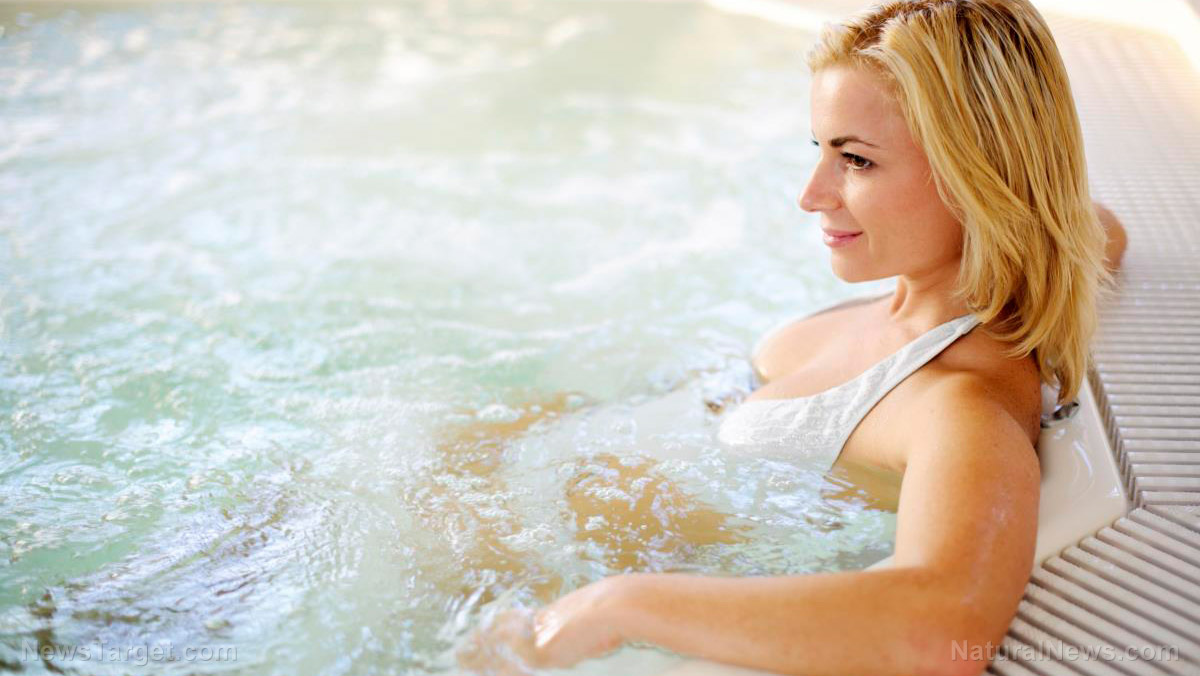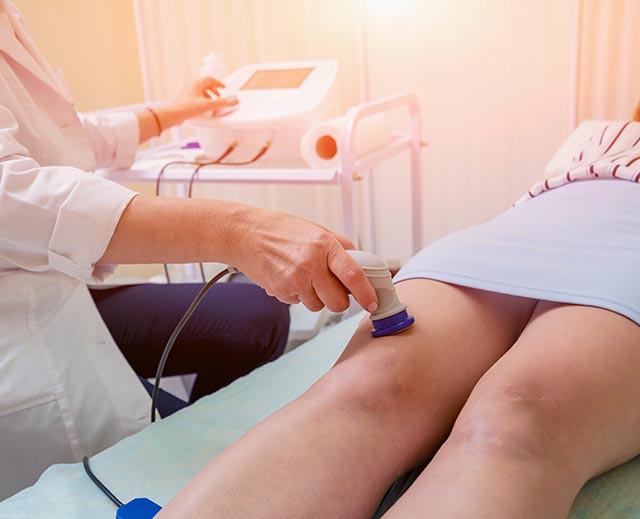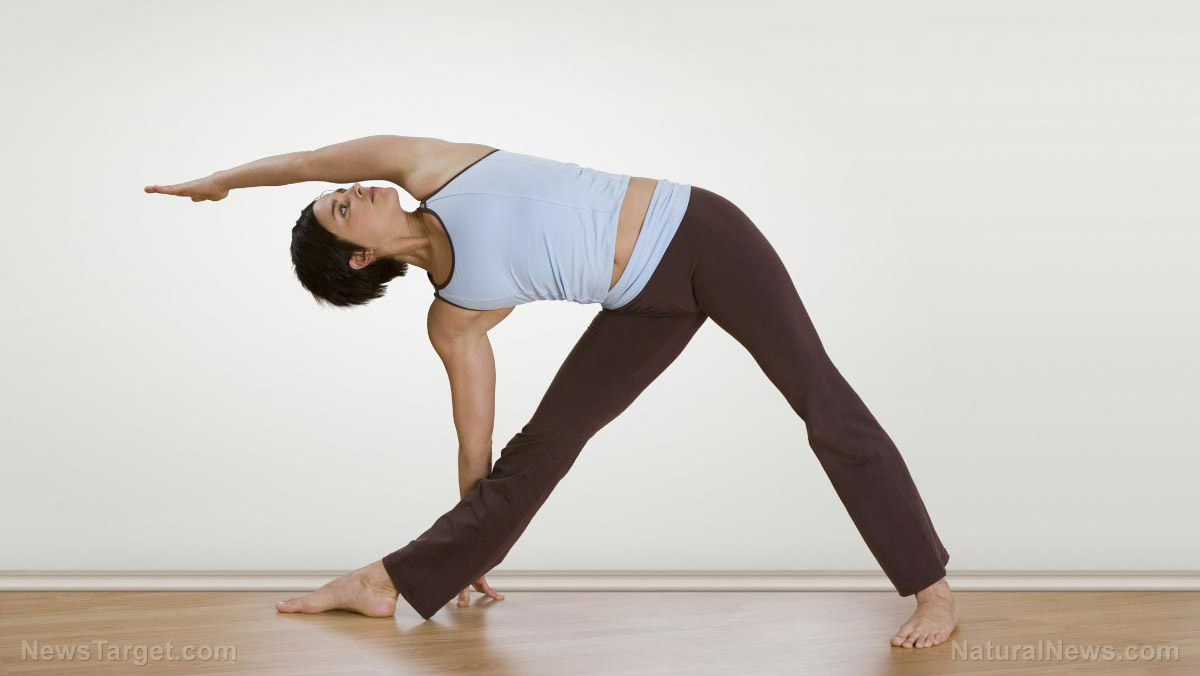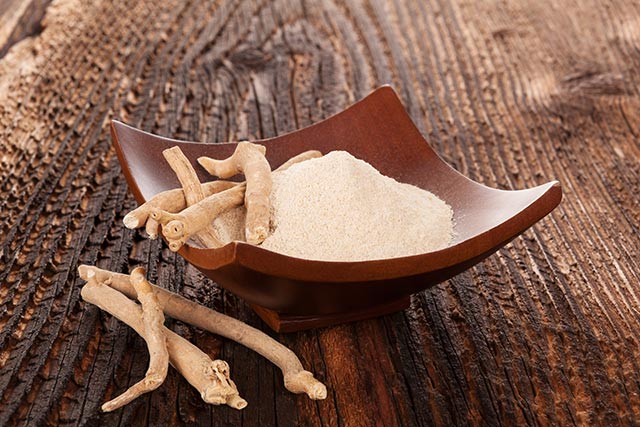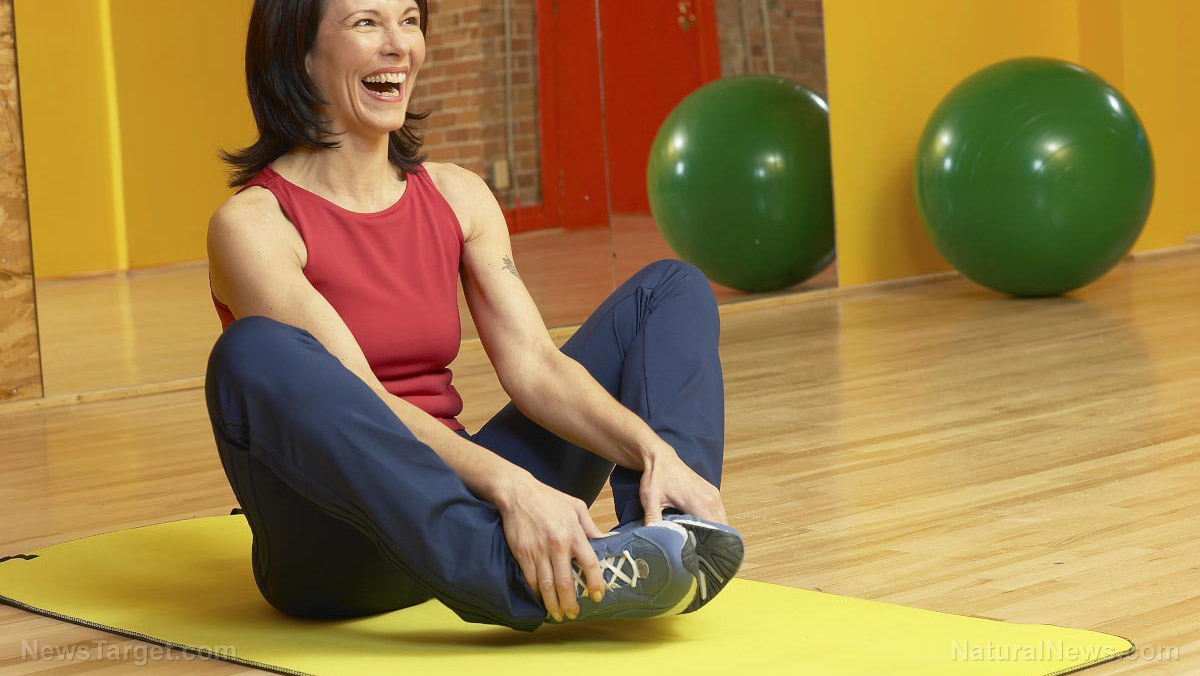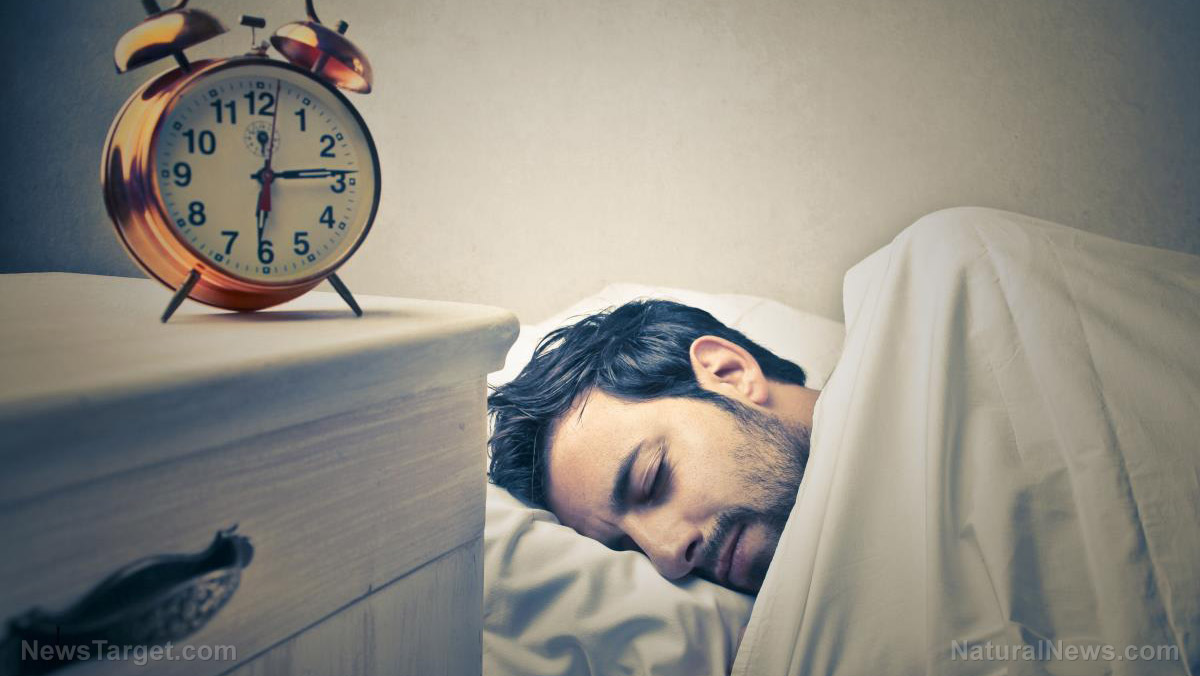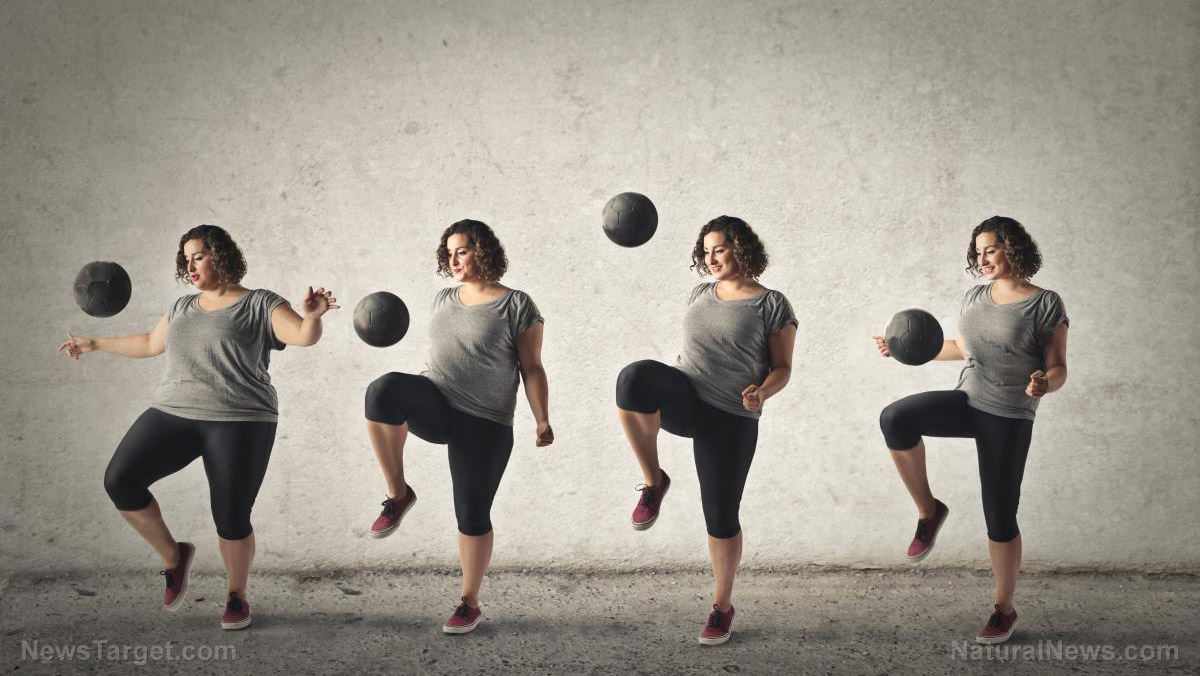Fight Parkinson’s disease with exercise; physical activity found to improve quality of life for PD patients
12/01/2017 / By Ralph Flores

Physical activities such as exercise can go a long way in helping people who suffer from Parkinson’s Disease (PD), according to researchers.
In an in-depth study published in the Journal of Parkinson’s Disease, results confirm that people who live with PD will be able to improve their gait and balance, as well as reduce the likelihood of falls, when allowed to be physically active. The research was also able to determine areas that greatly benefited from physical activity, such as a person’s strength, flexibility, mobility, and other cognitive functions.
“Exercise should be a life-long commitment to avoid physical and cognitive decline, and our research shows that this is also true for individuals with PD,” reports Dr. Christian Duval, a professor in the University of Quebec at Montreal in Canada. By being more active, people living with PD can support their day-to-day conditions despite the progressive nature of the disease.
Incidences of PD is expected to be more pronounced in the future, partly because of the advent of life-extending procedures being readily available in the market. This makes interventions aimed toward minimizing morbidity integral to alleviating sufferers of the disease and ensuring that they enjoy their quality of life. The results brought forth by the study are expected to boost activity of people living with PD and equip healthcare specialists with proper techniques to execute these activities.
Researchers performed an in-depth analysis of 106 studies that were conducted over the past three decades. These yielded a total of 868 measured outcomes for studying PD — data sufficient enough to illustrate current scientific knowledge on weighing the effects of physical activity on the overall health of people living from it.
Results were then grouped into four main classes: physical capacities, physical and cognitive functional capacities, clinical symptoms of PD, and psycho-social aspects of life. The study then proceeded to evaluate whether physical activity was beneficial for each category. The findings were then grouped in subcategories to check for specific benefits at a more granular level.
The results showed that physical activity is most potent for improving a person’s physical capacity and physical and cognitive functional capacities. For the study, physical capacity was subdivided to categories such as limb strength, endurance, flexibility or range of motion, motor control, and metabolic function. Of the reviewed studies, 55 percent stated the benefits of physical activity in those two categories, with some like upper limb strength being noted up to 67 percent by the studies. While the outcome for other subcategories of cognitive function were low, this was mainly due to the few amounts of material that discuss the benefits of physical activity to the cognitive function of people who live with PD.
Moreover, the relationship between physical activity and the clinical symptoms of PD, as well as the psychosocial aspects of life, cannot be fully determined, with only 50 percent and 45.3 percent of the studies displaying positive results.
The National Institute for Neurological Disorders and Stroke classifies PD as part of a group of conditions called motor system disorders, which are the result of the loss of dopamine-producing brain cells. The disease has four primary signs: tremors (trembling in the hands, arms, legs, jaw and face), stiffness in the legs and trunk area, a noticeable slowdown in movement, and an impairment in posture and coordination. Symptoms become more noticeable over time, with exacerbated effects include difficulty in walking, speaking, or completing easy tasks. Onset of PD differs for each person and may occur either gradually or rapidly. Intensity of the tremors, which is one of the most pronounced signs of the disease, vary from person to person, as well as other symptoms.
As of the moment, there is no known cure for PD.
Find stories on health and other means to treat various conditions at AlternativeMedicine.news.
Sources include:
Tagged Under: exercise, fitness, motor system disorder, neurological disorders, Parkinson's Disease, physical activity, prevention



